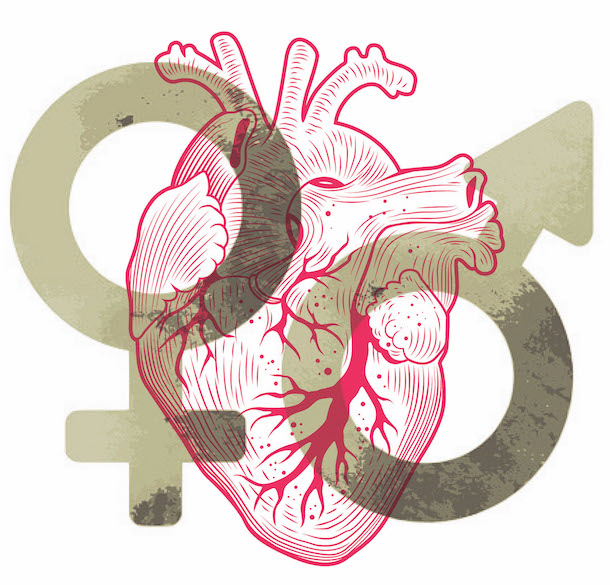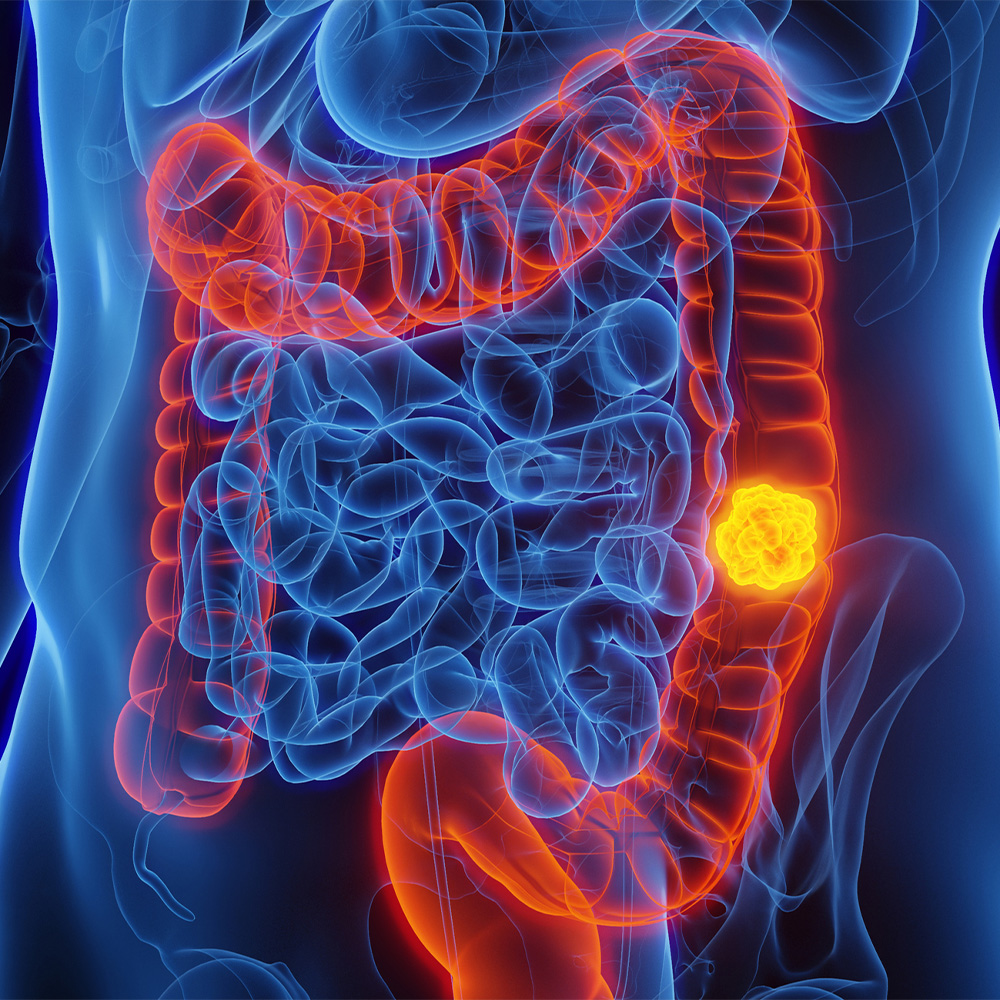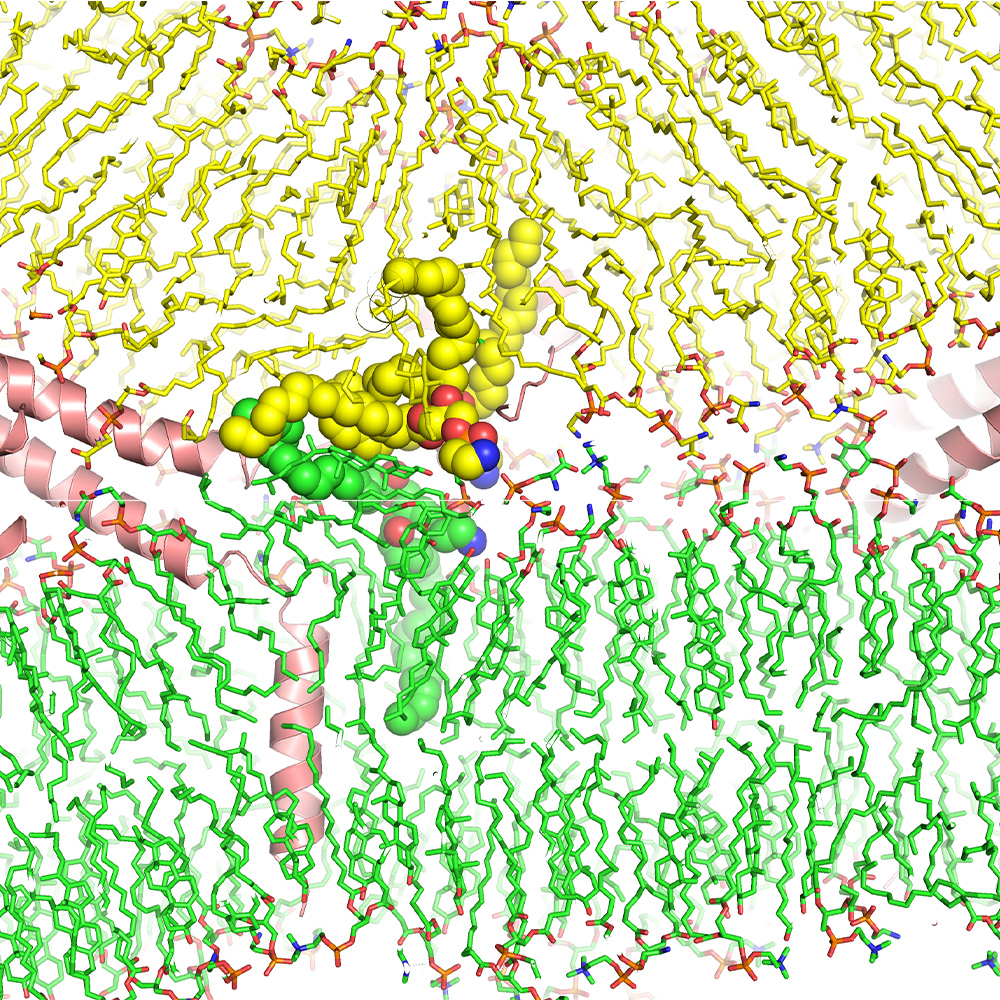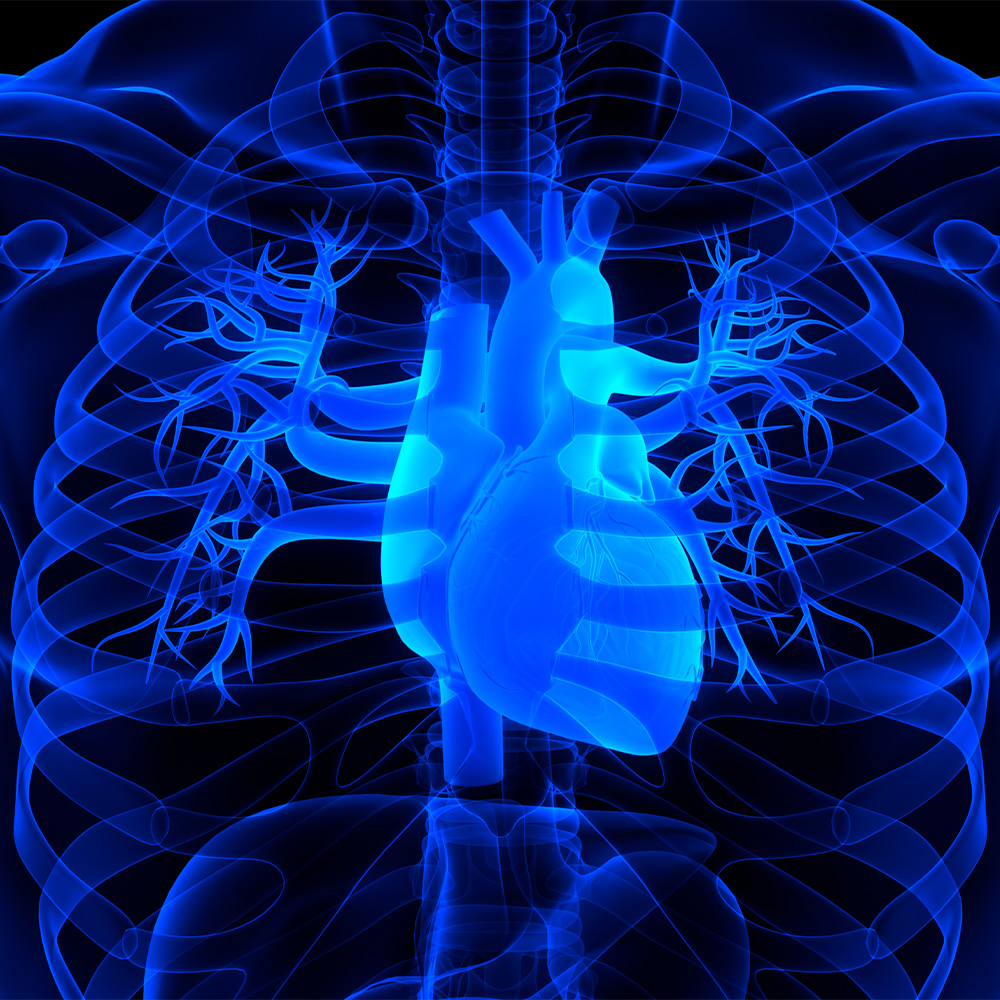UTSW study calls out differences in heart disease for women
Typically, women suffer heart attacks later in life than men. However, they are equally as likely as men to develop blockage in arteries to other parts of the body. The presentation of heart failure is also different: Women are less likely to have heart failure from a weak heart than from a stiff heart, meaning the heart muscle becomes stiff and unable to expand enough to fill up with blood.
These commonly observed variations in heart disease by sex are far more complex than just differences in hormones, however. Analysis by UT Southwestern researchers of these differences suggests new standards need to be developed for treatment of heart disease in women.
Researchers found significant sex-based differences in lipids, fat hormones, markers of inflammation and artery health, and indicators of muscle damage and kidney function.
Those conclusions come from an analysis of data in the Dallas Heart Study, a large, multiethnic population study initiated at UT Southwestern in 2000.
In a study published in Circulation, UT Southwestern researchers examined sex differences among 30 biological markers in 3,439 individuals. They found significant sex-based differences in lipids, fat hormones, markers of inflammation and artery health, and indicators of muscle damage and kidney function.
Compared with men, women tend to have higher levels of fat hormones, clotting proteins, and certain markers of inflammation, the study found. Women also tend to have lower levels of proteins that reflect unhealthy arteries.
“It has long been known that men and women have remarkable differences in their manifestations of heart disease,” said Dr. James de Lemos, Professor of Internal Medicine and senior author of the study. “Our study suggests that there are sex-based differences in many different biological pathways contributing to heart disease.”

Large differences in the levels of many proteins found in men and women made Dr. de Lemos realize that using the same level to diagnose abnormalities universally might not be appropriate.
“It is likely that the normal ranges for these proteins should be different between men and women,” said Dr. de Lemos, who holds the Sweetheart Ball‐Kern Wildenthal, M.D., Ph.D. Distinguished Chair in Cardiology.
Beyond obvious differences in hormonal status between men and women, UT Southwestern researchers point to differences in body composition – particularly fat distribution – as some of the most important drivers of the sex differences in heart disease.
Additional research is needed to better understand whether differences in responses to environmental and social stressors also play a role, Dr. de Lemos said.
“It is high time that we begin to understand what drives specific forms of heart disease in women and not automatically apply the same diagnostic and treatment algorithms to the two sexes,” he said.




